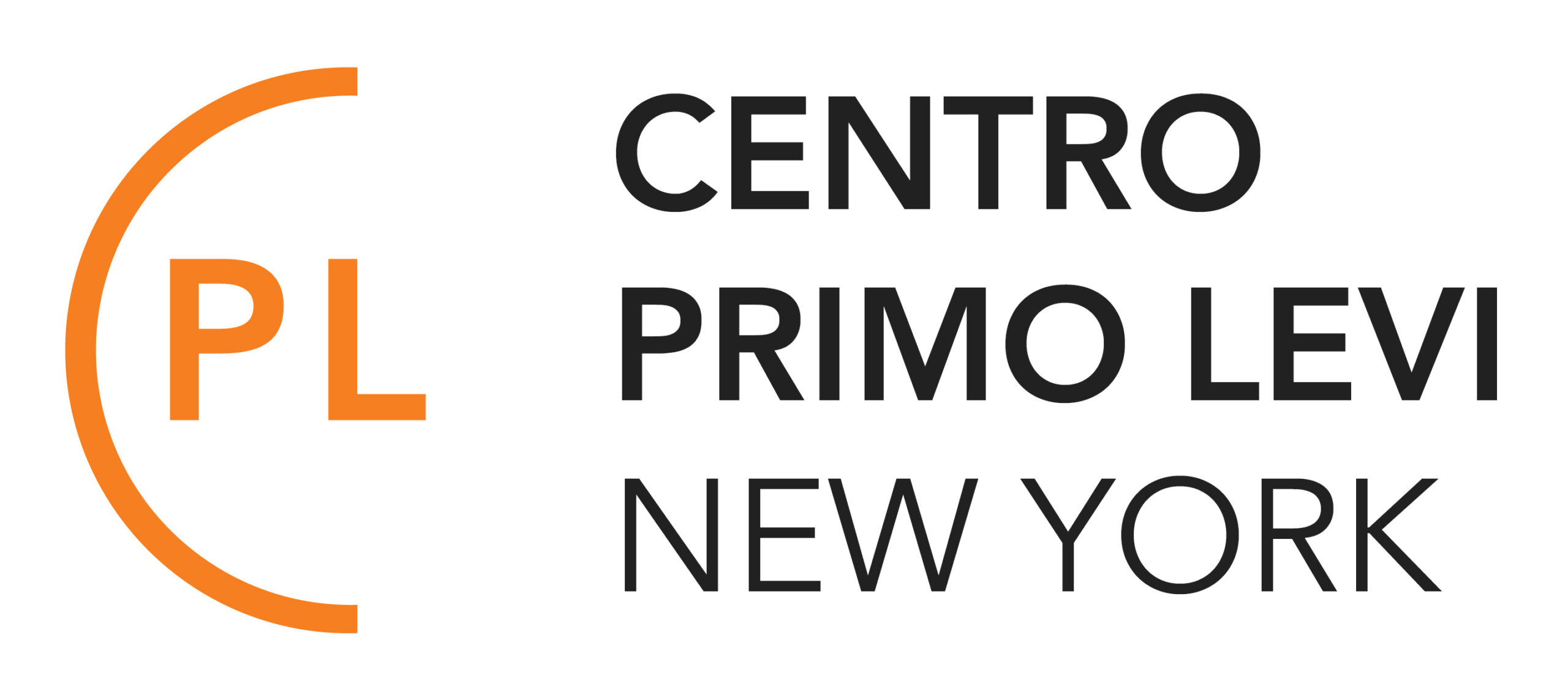Ceremony of the Reading of the Names
27Jan5:00 pm7:00 pmCeremony of the Reading of the Names
Event Details
Giorno della Memoria in New York is a collaborative initiative of the Consulate General of Italy with Centro Primo Levi, the Italian Cultural Institute, NYU Casa Italiana Zerilli Marimò, the
Event Details
Giorno della Memoria in New York is a collaborative initiative of the Consulate General of Italy with Centro Primo Levi, the Italian Cultural Institute, NYU Casa Italiana Zerilli Marimò, the Italian Academy at Columbia University, CUNY’s John Calandra Italian American Institute. Educational events are also held at the Scuola d’Italia Guglielmo Marconi and the Bronx High School of Science.
On January 27, 1945 the Soviet Army entered and liberated the extermination camp of Auschwitz. This date was chosen to commemorate the victims of the Holocaust and to promote the fight against racism and any kind of persecution. Following the efforts of the Task Force for International Cooperation on Holocaust Education, Remembrance and Research, an intergovernmental organization founded in Sweden in 1998, January 27 was established in Germany and France to remember the victims of Fascism and Nazism. In the year 2000 the Italian Parliament voted the resolution to observe January 27 as “Giorno della Memoria”. Progressively all countries of the European Union followed through. In 2006 the United Nations adopted the commemoration of January 27 as International Holocaust Remembrance Day.
NAMES OF THE ITALIAN SHOAH
Memorial to the Victims of 1943 – 1945 Anti-Jewish Persecution
The online memorial contains the names and biographical details of all Jewish men, women and children deported from Italy and Italian-controlled territories during the Fascist-Nazi persecution, from data gathered and collated by the Contemporary Jewish Documentation Center (CDEC), beginning in 1955.
The goal of the Memorial is to keep individual and collective memories of the victims alive and, where possible, trace the paths of their lives as well as their persecution. Knowledge and reflection then, as well as remembrance, are the intention of this website.
Names are a fundamental element of the Jewish tradition. In the opening page of the Memorial the victims’ names appear packed together: several dozen of them in alphabetical order. Every 24 hours this page disappears and another page opens with another list of names. It takes a few months before the cycle is complete, at which point it begins again from the first letter of the alphabet.
RESEARCH
Liliana Picciotto has been the director of this project – the collection and identification of the names of all deportees from Italy – since 1979; with financial support and human resources provided by CDEC. Her main collaborators (listed in chronological order), are Gigliola Colombo Lopez, Franca Signorini, Cecilia Hemsi Nizza and, since 2007, Alberta Bezzan.
Since its foundation in 1955, the Centro di Documentazione Ebraica Contemporanea, CDEC (Center for Contemporary Jewish Documentation), sought to reconstruct the list of Jewish victims from Italy, a project it inherited from the Comitato Ricerche Deportati Ebrei, CRDE (Research Committee on Jewish Deportees), which was set up in Rome under the aegis of the Union of Italian Jewish Communities led by Col. Adolfo Massimo Vitale, in 1945.
In 1953, Vitale compiled the first typewritten list of victims. This was the first source used by CDEC.
Research then continued – and progressed considerably – under the guidance of three of CDEC’s subsequent directors, Roberto Bassi, Guido Valabrega and Eloisa Ravenna. During this time CDEC also moved its headquarters from Venice to Milan where all records concerning the deportees were to find a permanent home.
In 1972, the CDEC’s staff decided to cross-reference Vitale’s list in order to meet proper historiographical standards. They initiated new research, with the aim of collecting every available document in any relevant archive both inside and outside Italy. This phase was entrusted to Giuliana Donati, who worked on it until 1974. Under Donati’s guidance, CDEC acquired an extensive archive of handwritten documents, and set up individual cards carrying the name of each victim, whose available biographical data was then thoroughly checked, and to which any new data could later be added.
In 1979, CDEC considered publishing the complete list of all Jews who died in Italy or were deported from Italy in the 1943-1945 period, and entrusted the project’s direction to Liliana Picciotto.
Meanwhile, several new documents had come to light including: a 1938 census of 51.000 individuals the Fascist government had profiled as Jewish, the registry of Italian jails with the names of Jews who’d been arrested, and the records collected by German Prosecutors during the trials of Nazi war criminals who operated in Italy. With the discovery of these documents, Vitale’s original list was considerably expanded and all new details were added to the existing records.
Technology was transforming research forever, and in 1986, CDEC received its first computer. All data collected up to that point was soon logged into an innovative database, created with the help of engineer Alfonso Sassun.
This work resulted in Liliana Picciotto’s 1991 book, Il Libro della Memoria: Gli ebrei deportati dall’Italia (1943-1945) (The Book of Remembrance: Jews deported from Italy 1943-1945, Mursia, 1991). Three subsequent editions would follow as research continued to expand.
The wide circulation of the book led many relatives and friends of the victims to contact CDEC in order to access the list. In consequence, CDEC received a large number of corrections and additional details; indicating how Italian society – as well as the Jewish community – maintained a deep interest in their past. Additions and updates continue to arrive, and, CDEC regards this site, like all databases, as a work in progress.
With Il Libro della Memoria and the online database “Names of the Italian Shoah”, CDEC aims to meet the needs of historical research while at the same time honoring the memory of victims.
Time
January 27, 2016 5:00 pm - 7:00 pm(GMT+00:00)
Location
Consulate General of Italy
690 Park Avenue
